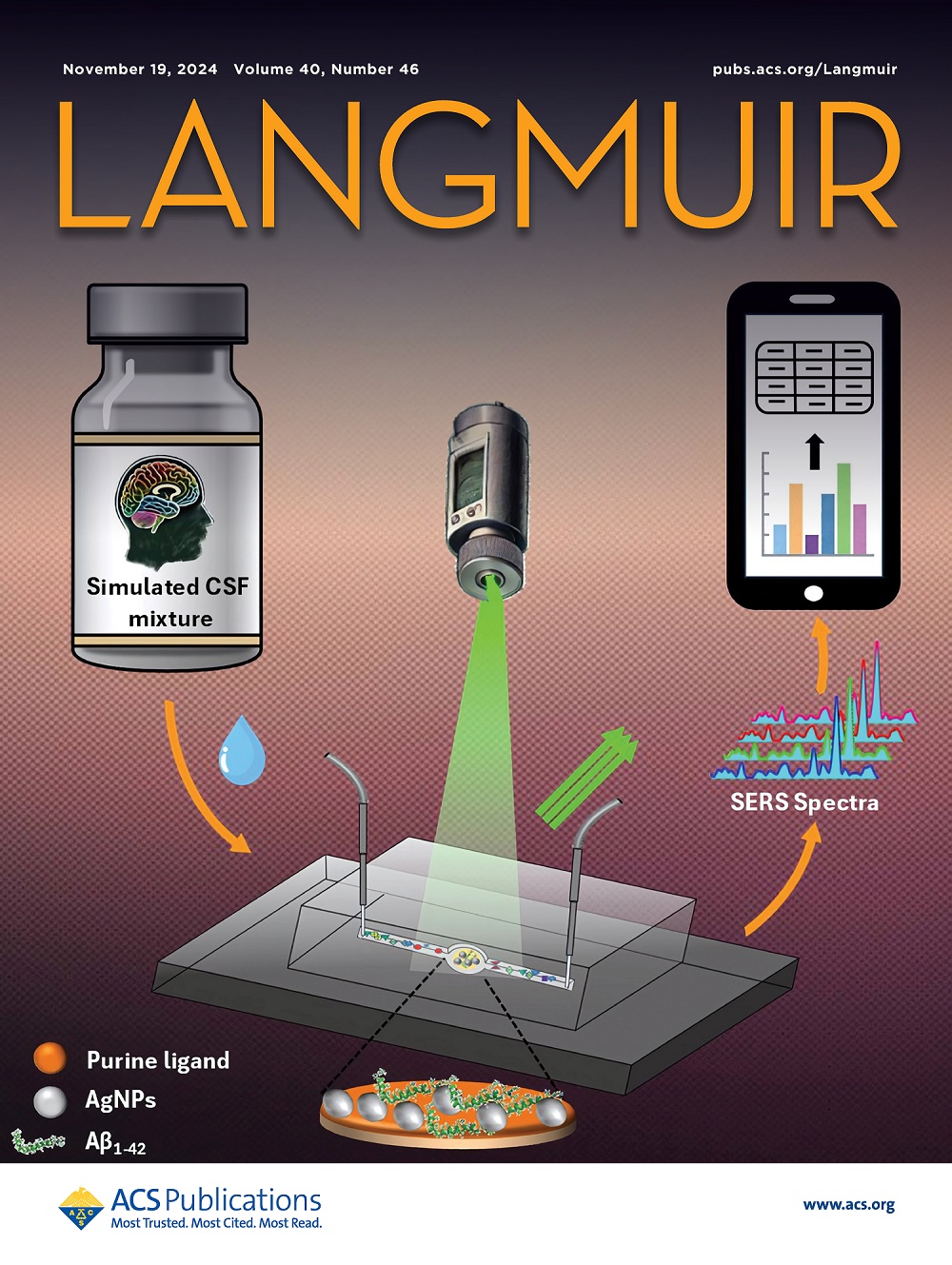Modulating MoS2 Substrate via d-p Orbital Hybridization Driven by π-Electron Feedback Effect for Dual-Site Adsorption Enhancement of Formaldehyde.
IF 3.7
2区 化学
Q2 CHEMISTRY, MULTIDISCIPLINARY
引用次数: 0
Abstract
Two-dimensional transition metal chalcogenides (TMCs), such as MoS2 (MS), exhibit chemically inert basal planes due to saturated intralayer coordination. This inherent inertness limits their specific recognition and adsorption of target gas molecules as gas-sensitive materials. Based on density functional theory (DFT) calculations, we report a strategy to achieve efficient formaldehyde adsorption by enhancing d-p orbital hybridization within the MS lattice to establish a π-electron feedback mechanism. Specifically, codoping the lattice with transition metal Zr atoms and nonmetallic N atoms strengthens the matrix's d-p orbital hybridization, thereby inducing a π-back-donation effect at the MS-Zr-N/formaldehyde (CH2O) interface. Notably, this π-electron feedback mechanism facilitates the formation of dual adsorption sites between the MS-Zr-N substrate and formaldehyde molecules, significantly enhancing specific adsorption capacity. Consequently, the MS-Zr-N substrate demonstrates high adsorption stability (adsorption energy: - 3.023 eV), superior sensitivity (38.47), and excellent selectivity toward formaldehyde. This work provides theoretical guidance for designing gas-sensitive materials from the perspective of orbital hybridization and interfacial electron feedback in adsorption systems.基于π-电子反馈效应的d-p轨道杂化调制MoS2底物对甲醛的双位点吸附增强。
二维过渡金属硫族化合物(tmc),如二硫化钼(MS),由于饱和层内配位,呈现出化学惰性基面。这种固有的惰性限制了它们作为气敏材料对目标气体分子的特异性识别和吸附。基于密度泛函理论(DFT)计算,我们报道了一种通过增强MS晶格内的d-p轨道杂化来建立π-电子反馈机制来实现高效甲醛吸附的策略。具体地说,晶格与过渡金属Zr原子和非金属N原子共掺杂增强了基体的d-p轨道杂化,从而在MS-Zr-N/甲醛(CH2O)界面上诱导了π-反给能效应。值得注意的是,这种π-电子反馈机制促进了MS-Zr-N底物与甲醛分子之间形成双吸附位点,显著提高了比吸附能力。因此,MS-Zr-N底物对甲醛具有较高的吸附稳定性(吸附能为- 3.023 eV)、较高的灵敏度(38.47 eV)和优良的选择性。本研究从吸附系统的轨道杂化和界面电子反馈角度为气敏材料的设计提供了理论指导。
本文章由计算机程序翻译,如有差异,请以英文原文为准。
求助全文
约1分钟内获得全文
求助全文
来源期刊

Langmuir
化学-材料科学:综合
CiteScore
6.50
自引率
10.30%
发文量
1464
审稿时长
2.1 months
期刊介绍:
Langmuir is an interdisciplinary journal publishing articles in the following subject categories:
Colloids: surfactants and self-assembly, dispersions, emulsions, foams
Interfaces: adsorption, reactions, films, forces
Biological Interfaces: biocolloids, biomolecular and biomimetic materials
Materials: nano- and mesostructured materials, polymers, gels, liquid crystals
Electrochemistry: interfacial charge transfer, charge transport, electrocatalysis, electrokinetic phenomena, bioelectrochemistry
Devices and Applications: sensors, fluidics, patterning, catalysis, photonic crystals
However, when high-impact, original work is submitted that does not fit within the above categories, decisions to accept or decline such papers will be based on one criteria: What Would Irving Do?
Langmuir ranks #2 in citations out of 136 journals in the category of Physical Chemistry with 113,157 total citations. The journal received an Impact Factor of 4.384*.
This journal is also indexed in the categories of Materials Science (ranked #1) and Multidisciplinary Chemistry (ranked #5).
 求助内容:
求助内容: 应助结果提醒方式:
应助结果提醒方式:


